When To Watch The Best Meteor Showers In 2020
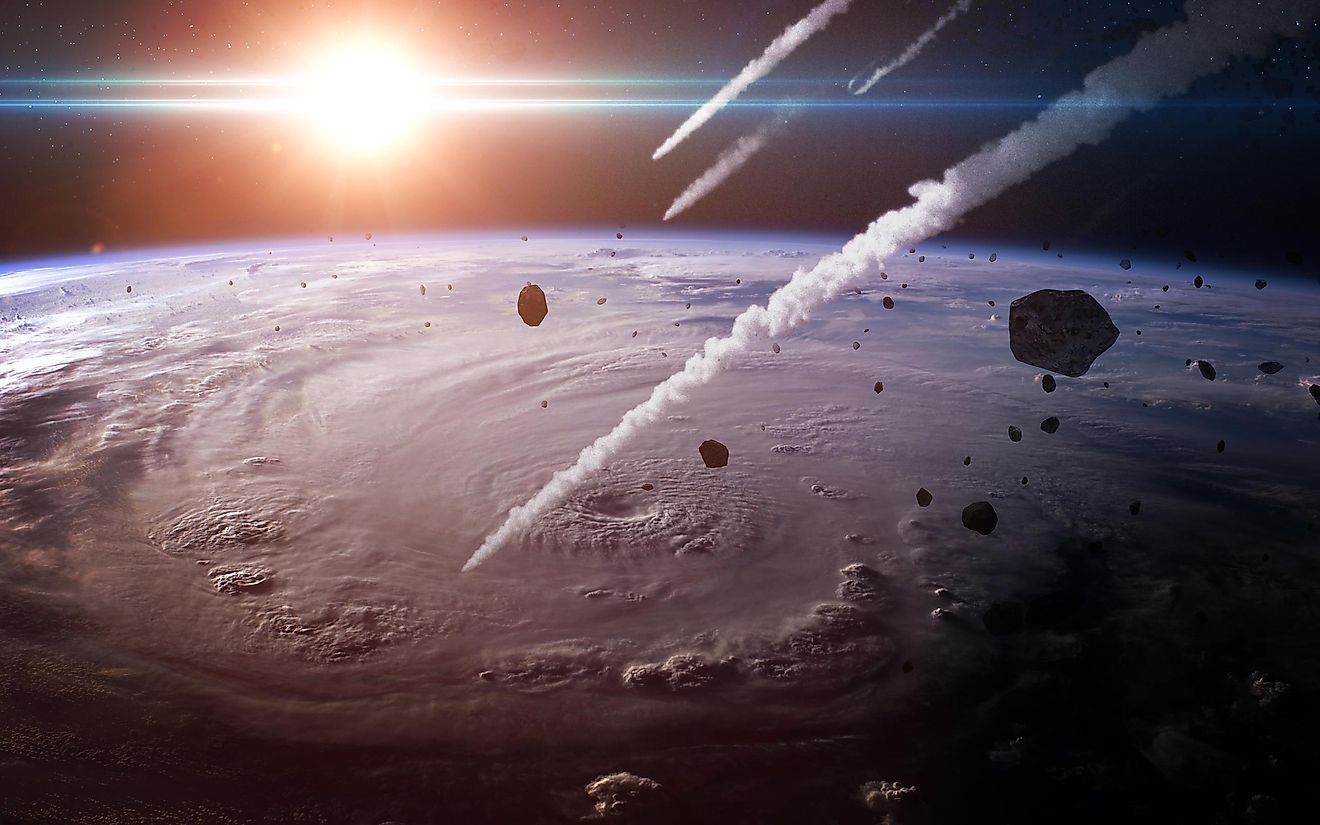
A meteor shower is a term meaning a celestial phenomenon when a notable number of meteors can be observed in a short amount of time. These meteors are caused by the Earth's atmosphere encountering a stream of minor space debris, also known as meteoroids. The majority of meteoroids originate in the comets' "tails," but Geminids, for example, are accompanying an asteroid.
What Should I Watch For?
As meteors pass at high speeds on parallel trajectories, they appear as streaks of light we call shooting stars: the faster the speed of the passing, the longer the "train." Meteor showers radiate from one point in the night sky called radiant. The region in the sky, which coincides with the radiant, gives each meteor shower its name: for example, the radiant of the Leonids appears to be in the constellation Leo.
How To Prepare For The Meteor Watching
The best conditions to watch a meteor shower is with minimal moon illumination, and, generally, around midnight. Locations with less artificial light pollution are the best. You might want to have an unobstructed horizon view in the direction of the constellation with the radiant. Turn off all lights and avoid looking at any bright objects like your phone screen: your eyes need a little time to adjust, but that way, you will be able to see the meteors better.
Lyrids: April 16th, 2020 - April 30th, 2020
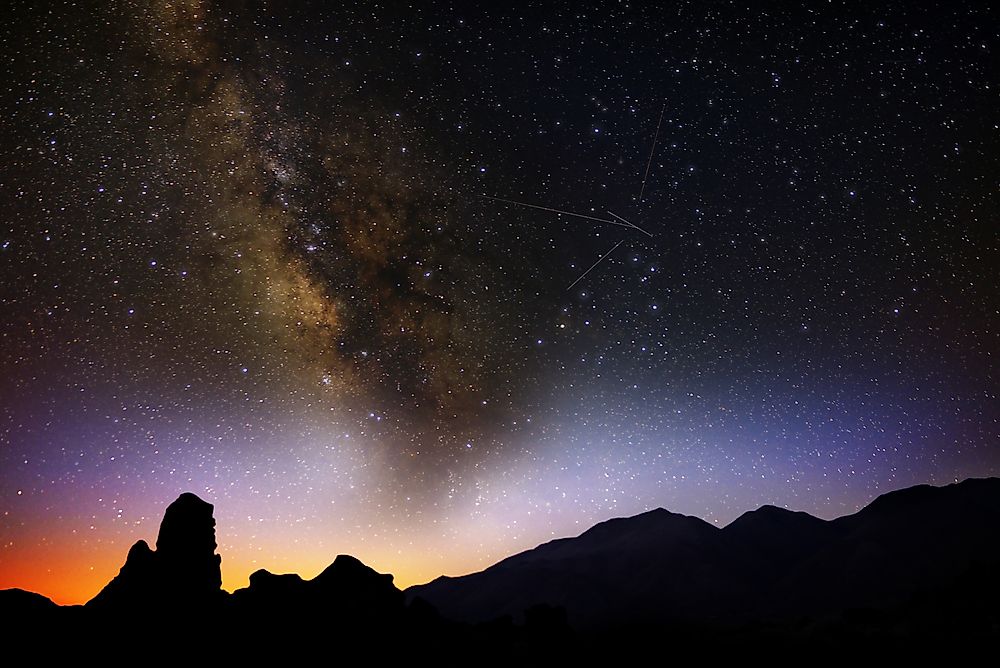
Lyrids will peak at night on April 21-22, 2020. Although Lyrids are the medium strength meteor shower, this night will have almost no moonlight, which is a favorable condition for watching it.
Lyrids meteors can sometimes produce fireballs. In the Northern hemisphere, your best chances are closer to the dawn, when the radiant is high in the sky.
Perseids: July 17th, 2020 - August 26th, 2020
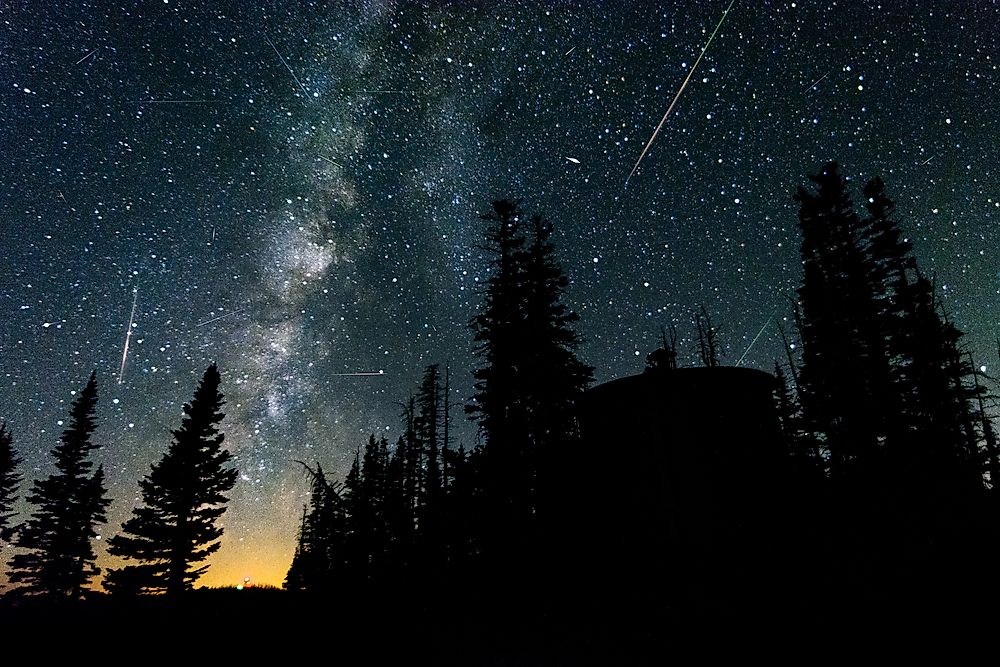
In the northern hemisphere, the Perseids peak on the August nights 11-12 and 12-13, 2020. The Perseids are debris released from 109P/Swift-Tuttle comet as it revisits the inner solar system. It is a strong meteor shower, which you can observe in the comfort of the warm summer night. The typical rate at maximum reaches 50-75 shower members per hour, and it is best if you face the Perseus constellation direction. In 2020, the Moon will be 47% full.
Orionids: October 2nd, 2020 - November 7th, 2020
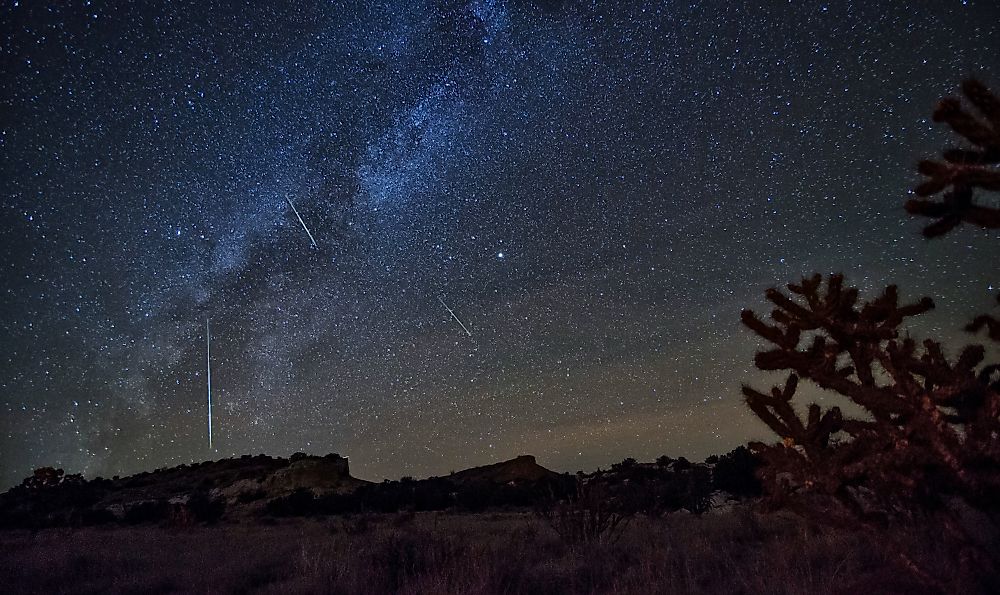
The Orionids will next peak on October 21-22, 2020 night. Although Orionids are considered a medium strength shower producing around 10-20 "shooting stars," it was known to reach high peak rates from 2006 to 2009, almost rivaling mighty Perseids. More recent displays have been average, but it might surprise us again this year. The Moon will be 34% full, which is favorable enough.
Leonids: November 6th, 2020 - November 30th, 2020
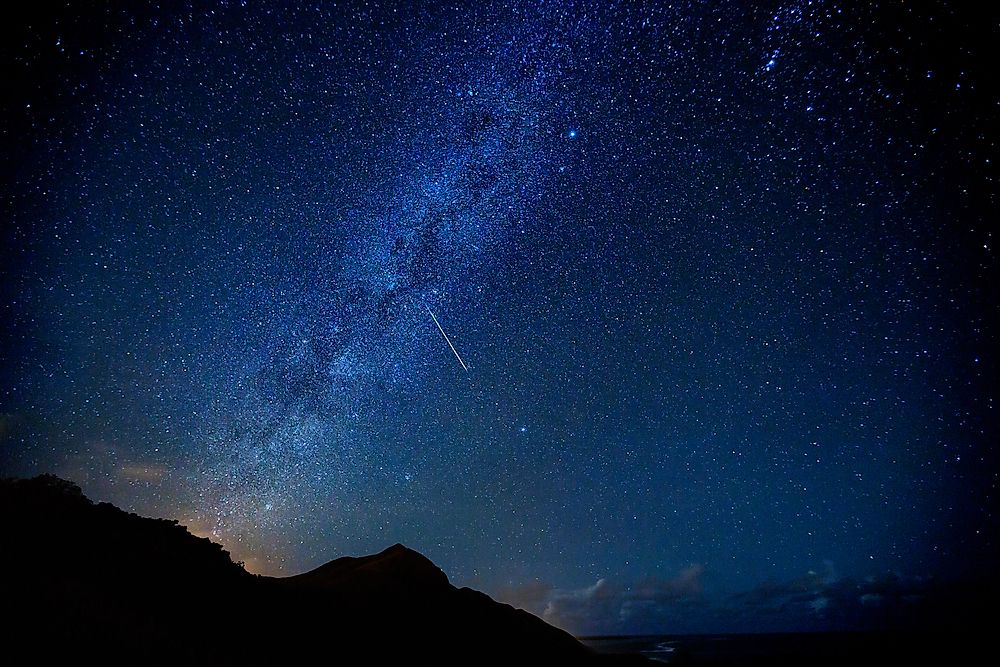
The Leonids will next peak on the night of November 16-17, 2020, with the Moon just 5% full.
The Leonids are known for producing a meteor storm in 2001 when its parent object, comet 55P/Tempel-Tuttle, was near its closest point to the Sun. Although the comet will return in 2031 and 2064, no particularly dense clouds of debris are expected until 2099. That said, even without a meteor storm, Leonids can put on a good show at the times of the comet passing, with the peak rates of more than 100 shower members per hour. So note 2030 in your calendar. Until then, we are most likely to see around 15 bright meteors per hour, with a high percentage of trains.
Geminids: December 4th, 2020 - December 17th, 2020
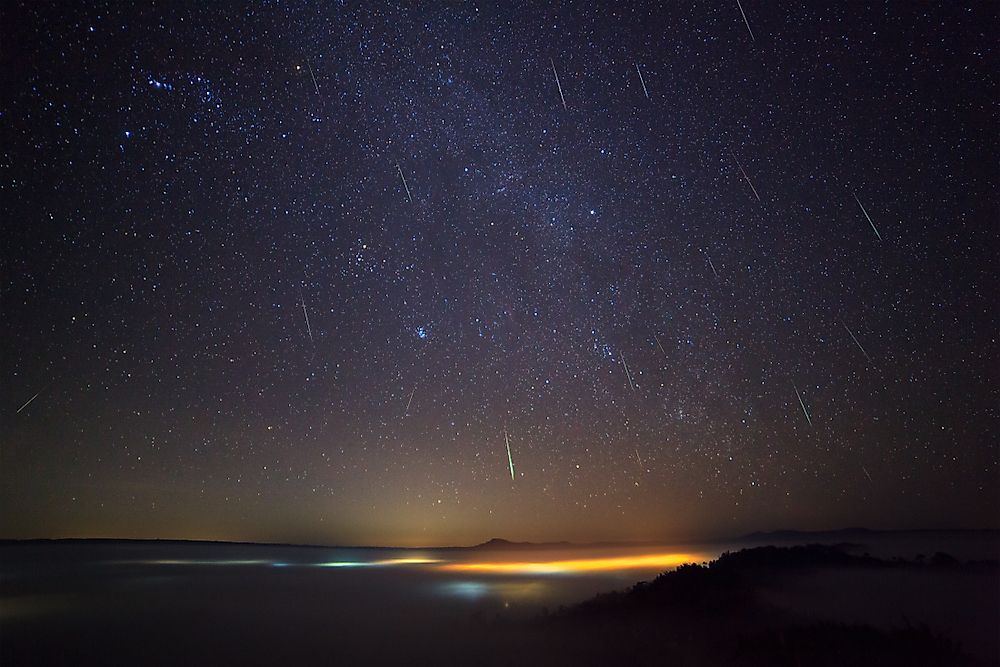
Born from the asteroid 3200 Phaethon, Gemenids is usually the most active meteor shower of the year. Due to their medium-slow velocity, there are not too many trains, but Geminids are bright and intensely colored. In 2020, the Moon conditions are exceptionally favorable, with the negligent 1% full. The Geminids will next peak on the night of December 13-14, 2020. In the Northern hemisphere, the constellation of Gemini is well placed from 22:00 onward, so the major activity can be observed prior to midnight.
Quadrantids: December 27th, 2020 - January 10th, 2021
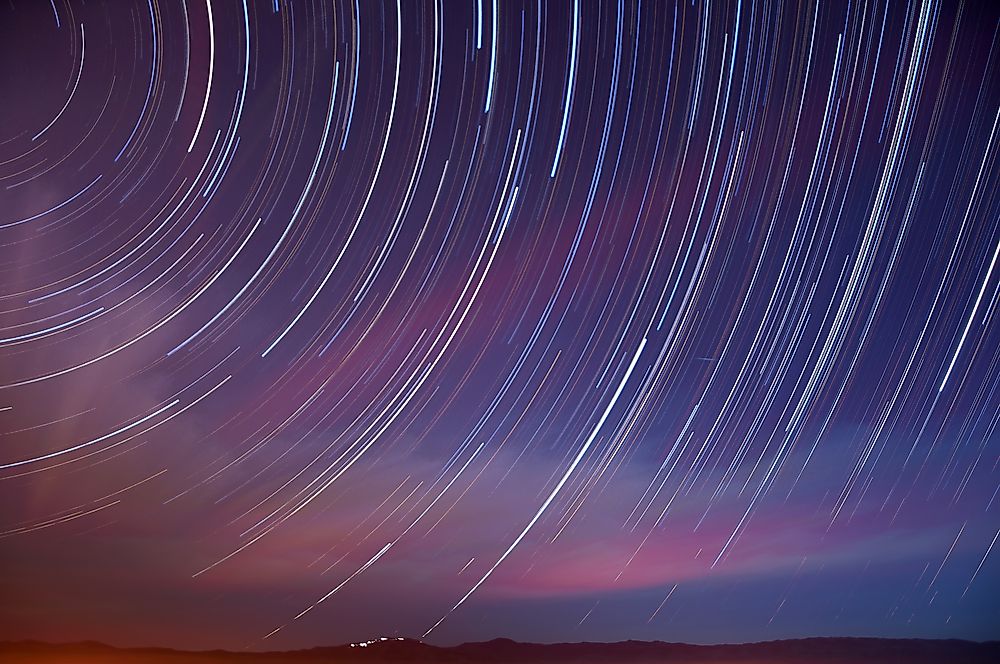
If not the poor weather during this time of the year and a very short activity peak, Quadrantids would have had a chance to steal the crown of the strongest shower of the year as they often produce bright fireballs. The Quadrantids' peak will happen on the night of January 3-4, 2021 (6 hours peak). Unfortunately, this year the Moon is nearly full (76%).











